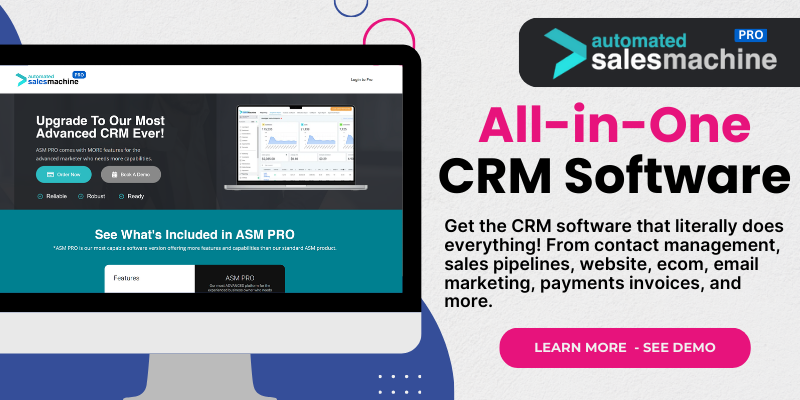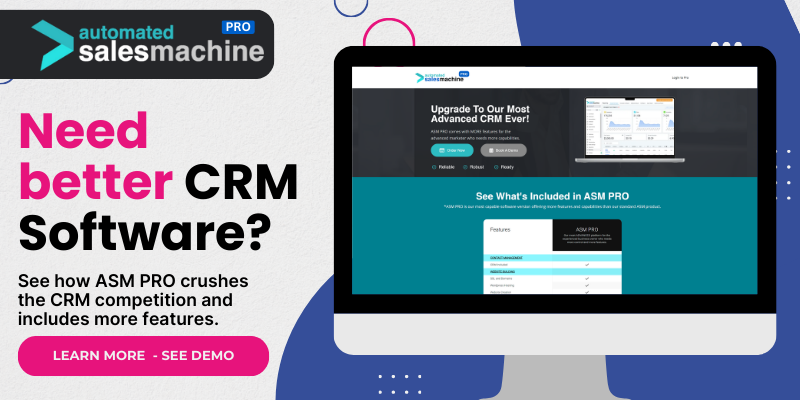1. Understanding Customer Needs and Preferences
Gathering Customer Data
Getting to know your customers isn’t just good practice; it’s essential. In my experience, the first step in improving customer relationships is gathering comprehensive data. This includes demographic information, transaction histories, and feedback. With this data at hand, banks can tailor their services to meet customer needs more effectively.
Utilizing CRM software helps compile this information conveniently. You can track customer interactions across various channels, which makes it easier to understand their preferences. When you really know what your customers want, you can provide targeted offers that resonate with them.
Moreover, this data isn’t static. It changes as your customers evolve, so regular updates and reviews are crucial. By continuously analyzing customer behavior, banks can adapt their strategies, ensuring they’re always a step ahead.
Segmenting the Customer Base
Once you have all this rich data, the next logical step is to segment your customer base. This means grouping customers according to shared characteristics, such as their financial behaviors or goals. Personally, I find this really helps in crafting personalized marketing campaigns.
With effective segmentation, communication becomes much more relevant. For example, high-net-worth individuals might appreciate investment opportunities, while young adults may be looking for guidance on financial literacy. Tailoring your message can significantly improve engagement.
Additionally, segmentation helps in identifying potential risks as well. Understanding which groups deserve more attention can enhance your risk management strategy. It’s really about making your services sharper and more effective for every group.
Proactive Communication
Proactive communication is a game changer. Instead of waiting for customers to reach out to you with problems, I believe in reaching out first. CRM software can automate emails or alerts based on customer behavior, making it easier to provide timely advice or support.
For example, if a customer hasn’t used their account for a while, a friendly nudge reminding them of the benefits or new features can make all the difference. It shows them that you care. This proactive approach establishes trust and can prevent customer churn.
Moreover, regular check-ins, whether through phone calls or personalized emails, can foster a deeper connection. The more you interact positively, the more likely customers will feel valued and remain loyal to your brand.
2. Enhancing Customer Experience
Streamlined Processes
No one likes waiting in long lines or dealing with complicated procedures. It’s frustrating, right? With a well-developed banking CRM, your processes can be streamlined to enhance customer experience. Customers should be able to access services quickly and efficiently.
Each interaction should be seamless. In my experience, integrating an omnichannel approach ensures that regardless of how a customer chooses to interact—whether through mobile, in-person, or online—the experience remains consistent and smooth.
By efficiently managing interactions, you significantly cut down on customer frustration, increasing satisfaction and loyalty. A happy customer is usually a loyal customer, and that’s something every bank should aim for.
Personalized Services
Let’s be real; nobody likes generic services. In the world of banking, personalization goes a long way. I’ve found that tailoring products and services based on individual customer needs can create a much more inviting atmosphere.
CRM systems allow us to analyze past transactions to offer personalized recommendations. By understanding what your customers have used before, you can provide them with options that are truly relevant. It’s not just about selling products, but about providing solutions.
This level of personalization makes customers feel like they’re being listened to, which enhances their overall banking experience. It’s about meeting them where they are and offering them services that truly matter.
Feedback and Improvement
Feedback can be a tough pill to swallow, but it’s vital for growth. I always encourage banks to actively seek feedback from their customers. Complaints, suggestions, or even compliments can illuminate areas for improvement.
Well-developed CRM software simplifies gathering this feedback. Surveys, follow-ups, and even social media interactions can be tracked and analyzed. Most importantly, though, it’s about taking that feedback seriously and acting on it.
When customers see their feedback leading to change, it builds trust and loyalty. They’ll feel valued and appreciated, and that’s a cornerstone for any strong customer relationship.
3. Improving Customer Support
Omnichannel Support
Today’s customers expect support wherever and whenever they need it. The trend towards omnichannel support has become essential in banking. Using a CRM allows you to manage customer queries through various channels effectively.
Whether it’s through email, chat, phone, or social media, customers should receive consistent support. This continuity can make customers feel more connected to your institution. Personally, I prefer having all my interactions consolidated because it makes solving problems much easier.
The goal is to be where your customers are. By adopting an omnichannel approach, you can ensure they won’t be stranded and can always receive assistance whenever they need it.
Faster Response Times
Let’s face it, nobody’s a fan of waiting for support. A banking CRM can help reduce response times significantly. Automated systems can analyze customer inquiries and route them to the appropriate personnel much faster than traditional methods.
By integrating AI and chatbots, you can handle simpler queries instantly and reserve human resources for complex issues. It’s all about optimizing the process while still delivering personable service.
Faster responses lead to happier customers. They feel valued when their issues are resolved quickly, and this can enhance their overall experience with your bank.
Continuous Training for Support Staff
Your support staff are the frontline professionals of your bank. They play a crucial role in shaping customer experiences. Investing in continuous training ensures they’re well-equipped to handle any situation that might arise does wonders.
Through CRM software, you can track common customer issues and tailor training accordingly. This way, when new challenges pop up, your staff are prepared. In my experience, a knowledgeable support team boosts confidence and trust among customers.
Furthermore, fostering a culture of ongoing learning keeps support staff engaged and motivated. When your employees feel valued, this positivity translates to how they treat your customers, creating an inevitably better experience.
4. Boosting Engagement Through Automation
Email Marketing Campaigns
Email’s not dead; trust me. With the right CRM software, you can automate email marketing campaigns that are both effective and relevant. Crafting personalized emails helps keep customers informed and engaged without overwhelming them.
For example, if a customer’s loan is due for renewal, a gentle reminder email can save them from last-minute stress. You can set up these campaigns based on customer behavior, ensuring the right message gets to the right person at the right time.
This automation can also allow for follow-up emails after service interactions. Checking in on satisfaction levels can yield invaluable customer insights while making them feel cared for in their banking experiences.
Tailored Promotions and Incentives
Who doesn’t love a good deal? Tailoring promotions based on customer data captured in your CRM creates a win-win scenario. When you provide relevant offers, customers feel recognized and valued.
This can be as simple as special savings rates for long-time customers or exclusive access to new products. By aligning offers with customer interests, you ensure they don’t just see a bank—but rather, a partner in their financial success.
Moreover, limited-time promotions can create a sense of urgency and excitement. It’s amazing how much engagement increases when customers feel like they’re part of something special.
Social Media Engagement
In today’s digital age, social media is a powerful tool for banking. It’s not just for branding; it’s also a platform for building personal relationships. Leveraging your CRM with social media allows for more nuanced customer interactions.
By analyzing social media engagement, you can see what resonates with your customers. Most importantly, responding to inquiries or feedback quickly on these platforms can enhance trust and credibility.
Creating engaging content that speaks to your customer base can also make banking feel more relatable. Infographics, tips, or answering FAQs on these platforms can demystify banking and foster strong connections with your audiences.
5. Strengthening Retention Strategies
Identifying At-Risk Customers
Predicting customer behavior isn’t a magic trick—it’s all about data analysis. One of the benefits of a solid CRM system is the ability to identify signals that a customer might be at risk of leaving.
By tracking usage patterns, transaction frequency, or communication trends, I can spot when customers start to disengage. With this information, we can take proactive measures to keep them onboard. It’s about forming a bond before it frays.
This could mean reaching out with a personalized offer or asking for feedback about their experience. Building that connection can nudge them back toward loyalty, which ultimately boosts your retention rates.
Loyalty Programs
Loyalty programs are an incredible way to foster lasting relationships. By integrating loyalty rewards into your CRM, you encourage customers to stick around. These can include cashback on transactions, exclusive rates, or even early access to new products.
In my own experience, these programs should be easy to understand and participate in. Complex rules or restrictions can turn people off. The simpler you keep it, the more likely customers will embrace and appreciate their benefits.
This stacking of perks builds a sense of community among customers. When they feel they’re part of something, they’re less likely to drift away to other banks that might not offer similar benefits.
Regular Check-Ins
Finally, I can’t stress enough the importance of regular check-ins with your customers. Even if they seem fine, simply asking how they’re doing can reinforce the values of your bank. This also allows you to address any issues before they reach a boiling point.
Using your CRM, you can set reminders for check-ins based on customer engagement or significant events like milestones or anniversaries. These thoughtful gestures go a long way in demonstrating how much you value their business.
Ultimately, being proactive in nurturing these relationships can yield fantastic returns. Customers who feel valued will not only stay loyal but will also become advocates for your brand.
Frequently Asked Questions
1. What is banking CRM software?
Banking CRM software is a tool that helps banks manage customer relationships, streamline processes, enhance customer experience, and optimize marketing campaigns through data analysis and automation.
2. How does CRM improve customer relationships?
CRM enhances customer relationships by providing personalized services, faster support responses, and effective communication, ultimately leading to increased customer satisfaction and loyalty.
3. Can CRM software automate customer interactions?
Yes, CRM software can automate various customer interactions, including email marketing campaigns, follow-ups, and even customer support via chatbots, ensuring timely and relevant communication.
4. How can banks use data analytics for customer segmentation?
Banks can use data analytics to analyze customer behaviors and preferences, allowing them to segment their customer base. This segmentation helps tailor marketing strategies and improve service delivery.
5. What role does feedback play in customer relationship improvement?
Feedback is crucial for understanding customer sentiments and identifying areas for improvement. Utilizing customer feedback helps banks make positive changes, strengthen relationships, and increase customer loyalty.

